June 2024 Greater Bay Area Real Estate Analysis: What You Need to Know
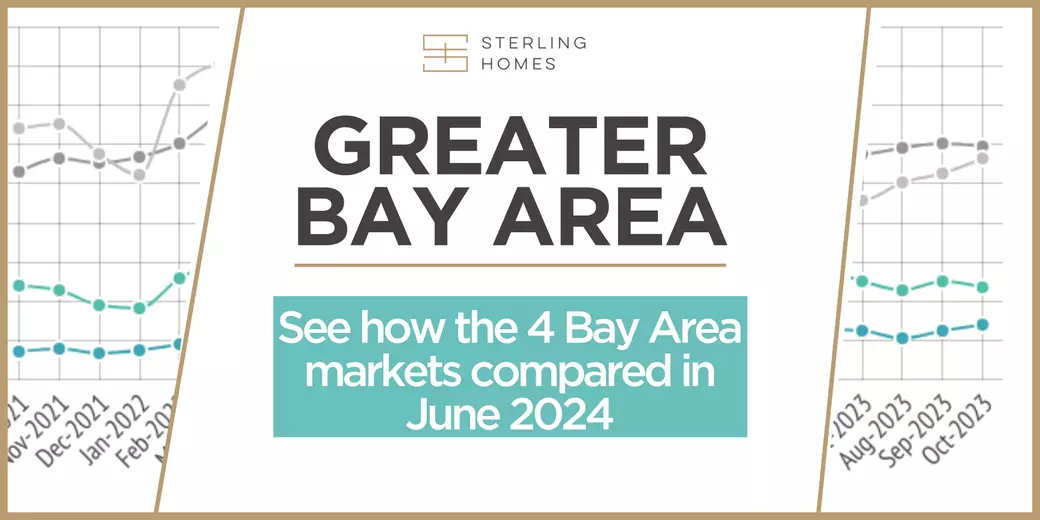
The Big Story
Record high median home prices once again
Quick Take:
- Since January 2024, prices have climbed 10.6%, reaching an all-time high in May 2024. Similarly, the median list price per square foot hit an all-time high in April and again in May 2024. Affordability for homes has reached a record low.
- In May, the average 30-year mortgage rate fell to 7.03%, dropping 0.19% from the 2024 high reached in April. The Fed has expressed hesitation around lowering rates due to higher-than-desired inflation. Currently, we expect rates to remain between 6% and 8% for the rest of 2024.
- Sales fell 1.9% month over month, while inventory rose 9.0%. The combination of rising prices and high interest rates has continued to price more buyers out of the market, slowing sales.
Note: You can find the charts & graphs for the Big Story at the end of the following section.
Another market slowdown
According to the National Association of Realtors® (NAR), the median sales price for existing homes grew 5.6% to $418,900 between May 2023 and the present — the eleventh consecutive month of year-over-year price growth, and the highest median price ever reached. Typically, the median price peaks in June each year, so we will likely see prices climb even higher when the data comes in for this month. In addition to NAR, the Case-Shiller 20-City Composite Home Price Index, which measures the aggregate price level of homes in the largest 20 metropolitan statistical areas, has reached a new high for the eighth month in a row. The combination of elevated mortgage rates and rising prices has brought affordability to an all-time low, which translates to fewer sales and growing inventory. However, at the same time, homes are spending less and less time on the market.
Demand is still high relative to supply, even though inventory is building. The buyers that haven’t been priced out of the market are moving quickly on homes that suit them. Despite the high demand and quick market, there are simply fewer buyers in the market. Higher mortgage rates can only lead to fewer market participants. On the bright side, inventory growth is great news for the wildly undersupplied U.S. housing market. According to data from realtor.com, inventory reached its highest level since August 2020. The market is still broadly undersupplied, but the increasing inventory level should cause rising home prices to slow. Decreasing home prices mid-year is also normal on a seasonal basis. In the pre-pandemic seasonal trends, sales, new listings, inventory, and price would roughly all rise in the first half of the year and decline slightly in the second half of the year. Sales and new listings have been far lower than usual since mortgage rates started climbing, which is to be expected.
The average 30-year mortgage rate began the year at 6.62% and landed at 7.03% at the end of May, marking the third year mortgage rates have been elevated. At the start of the year, rate expectations were far different from those today. In January, inflation still appeared to be trending lower, and economists were predicting rate cuts as early as March. However, in hindsight, inflation stopped trending lower in June 2023 and has held fairly steady around 3.3% since then. The Fed targets an inflation rate of 2%, so we aren’t expecting rate cuts anytime soon. In fact, the safest bet may be to not expect any rate cuts in 2024. The Fed’s dual mandate aims for stable prices (inflation ~2%) and low unemployment, so it’s all about inflation, especially because the job market is still strong.
During the Fed’s May meeting, the Federal Reserve Board unanimously voted to hold policy rates steady for the sixth consecutive time, leaving the federal funds target rate unchanged at 5.25% to 5.50%. Although this letter was written before the June 11-12 Fed meeting, we are confident the Fed will hold rates steady. If there’s a silver lining, it’s that even though rate cuts are extremely unlikely, rate hikes are even less probable.
Different regions and individual houses vary from the broad national trends, so we’ve included a Local Lowdown below to provide you with in-depth coverage for your area. As always, we will continue to monitor the housing and economic markets to best guide you in buying or selling your home.
Big Story Data
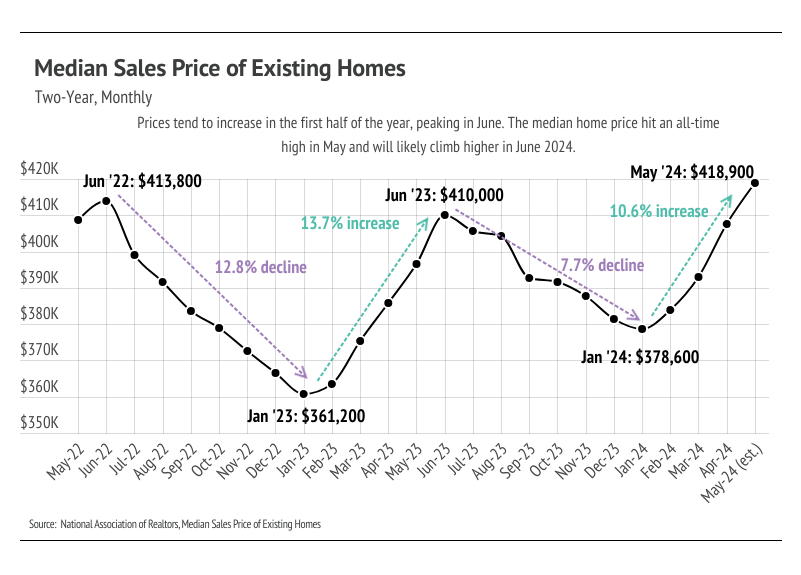
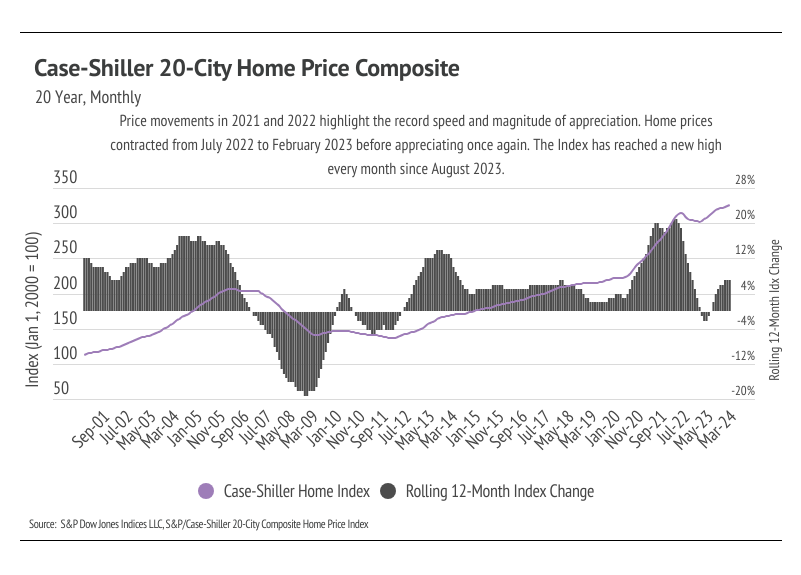
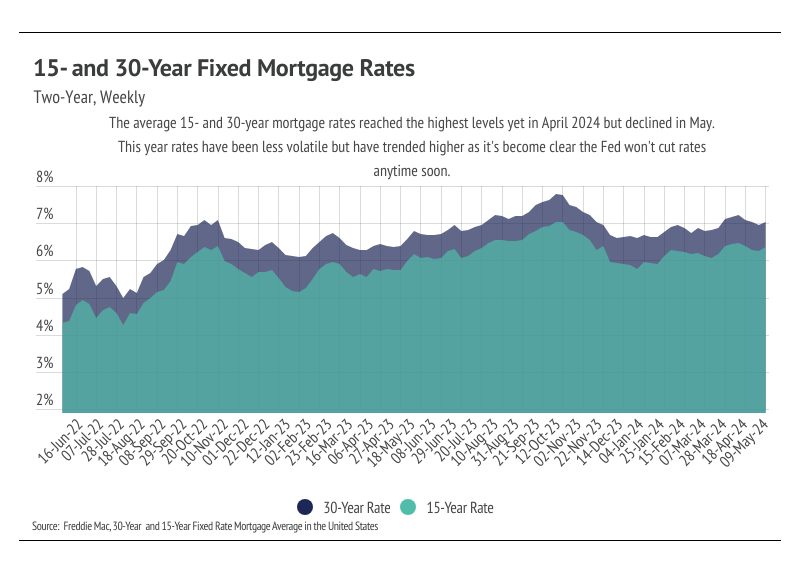
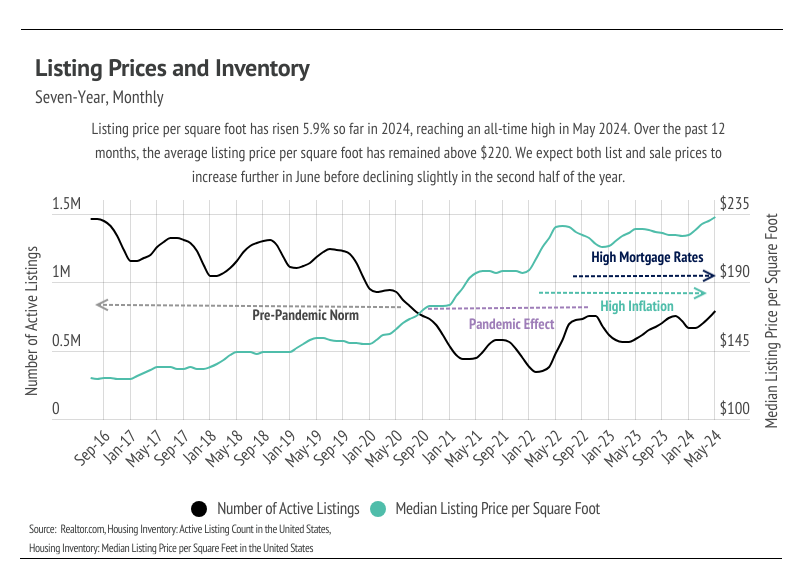

The Local Lowdown
Quick Take:
- The median single-family home prices in San Mateo, Santa Clara, and Sonoma reached record highs in May. As more new listings come to market, we expect prices to continue rising and to reach new highs during the summer months.
- Active listings, sales, and new listings rose across most of the Bay Area month over month, which are all beneficial for the housing market. We expect inventory to increase into the summer and return to a more normal market after the slowdown experienced over the past year and a half.
- Months of Supply Inventory has declined sharply in 2024, indicating that buyer competition is ramping up. MSI implies a sellers’ market in most of the Bay Area.
Note: You can find the charts/graphs for the Local Lowdown at the end of this section.
Median single-family home prices hit record highs in San Mateo, Santa Clara, and Sonoma
In the Greater Bay Area, low inventory and high demand have more than offset the downward price pressure from higher mortgage rates, and prices generally haven’t experienced larger drops due to higher mortgage rates. In May, median single-family home prices reached record highs in San Mateo, Santa Clara, and Sonoma, and prices in the rest of the Bay Area were only slightly below their all-time highs. Even Marin and San Francisco prices, which were extremely far below their previous peaks, have risen dramatically in 2024. Condo prices have been less volatile than those of single-family homes, moving more horizontally over the past two years. We expect prices in the Bay Area to remain near all-time highs until the early summer, before contracting in the second half of the year. Low, but rising inventory is only increasing prices as buyers are better able to find the best match.
High mortgage rates soften both supply and demand, but home buyers and sellers seemed to tolerate rates above 6%. Now that rates are above 7%, sales could slow once again during the time of the year when sales tend to be at their highest.
Single-family home inventory, sales, and new listings increased month over month
Since the start of 2023, single-family home inventory has followed fairly typical seasonal trends, but at significantly depressed levels. Low inventory and fewer new listings have slowed the market considerably. Typically, inventory peaks in July or August and declines through December or January, but the lack of new listings prevented meaningful inventory growth. New listings were exceptionally low, so the little inventory growth in 2023 was driven by softening demand. In December 2023, inventory and sales dropped. However, more new listings have come to the market in 2024, which has driven the significant increase in sales so far this year. With the exception of San Francisco, the Bay Area markets are looking much healthier from an inventory perspective. The high level of growth seen in inventory and new listings in the first five months of the year are both positive and normal.
Months of Supply Inventory fell in May 2024, indicating a sellers’ market
Months of Supply Inventory (MSI) quantifies the supply/demand relationship by measuring how many months it would take for all current homes listed on the market to sell at the current rate of sales. The long-term average MSI is around three months in California, which indicates a balanced market. An MSI lower than three indicates that there are more buyers than sellers on the market (meaning it’s a sellers’ market), while a higher MSI indicates there are more sellers than buyers (meaning it’s a buyers’ market). The Bay Area markets tend to favor sellers, which is reflected in their low MSIs. San Francisco MSI is notable for its variability over the past year, oscillating from buyers’ to sellers’ markets twice over the course of 12 months. Currently, MSI is below three months of supply (a sellers’ market) in every Bay Area county, except for single-family homes in Napa, which favor buyers, and condos in Alameda and San Francisco, which are now balanced.
Local Lowdown Data
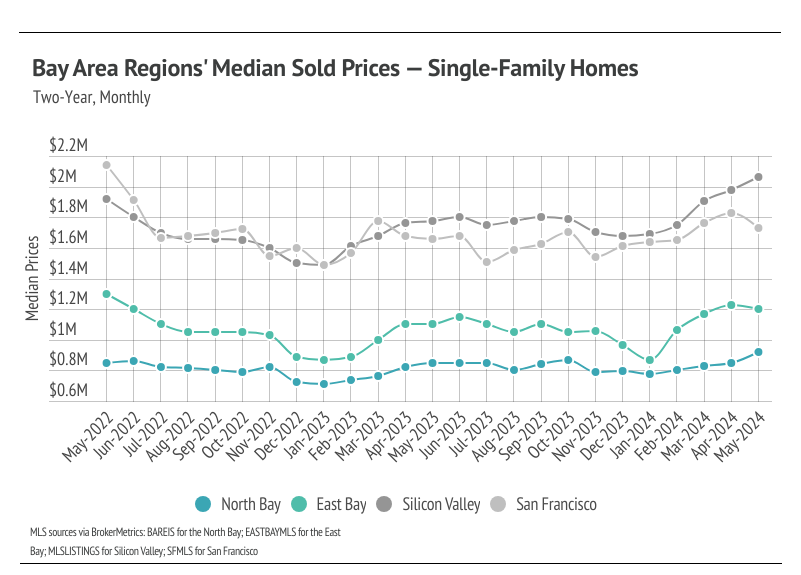
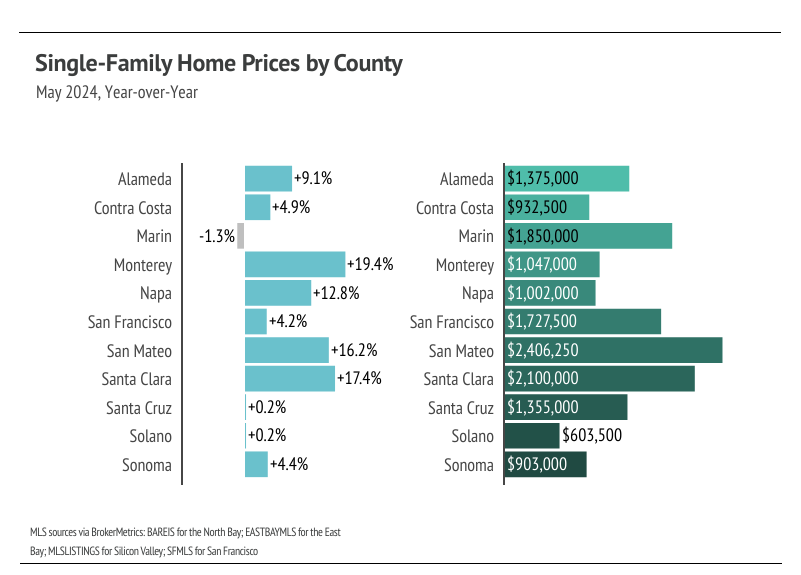
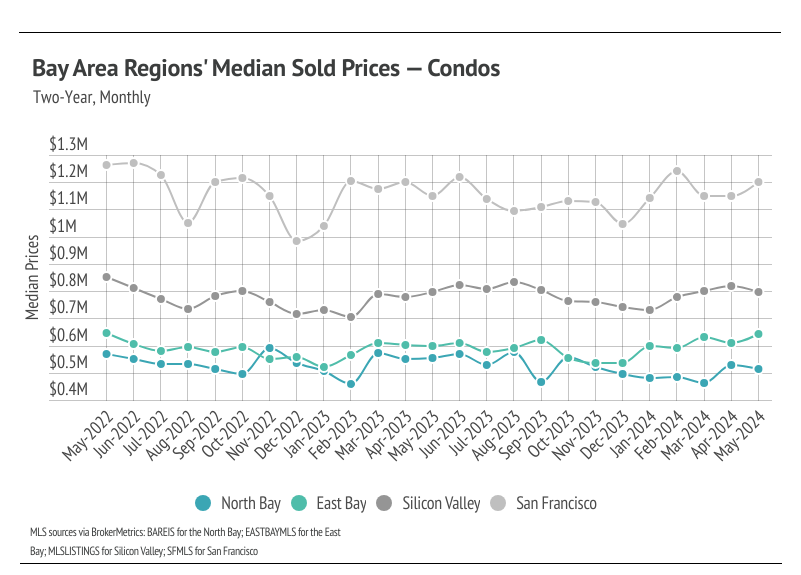

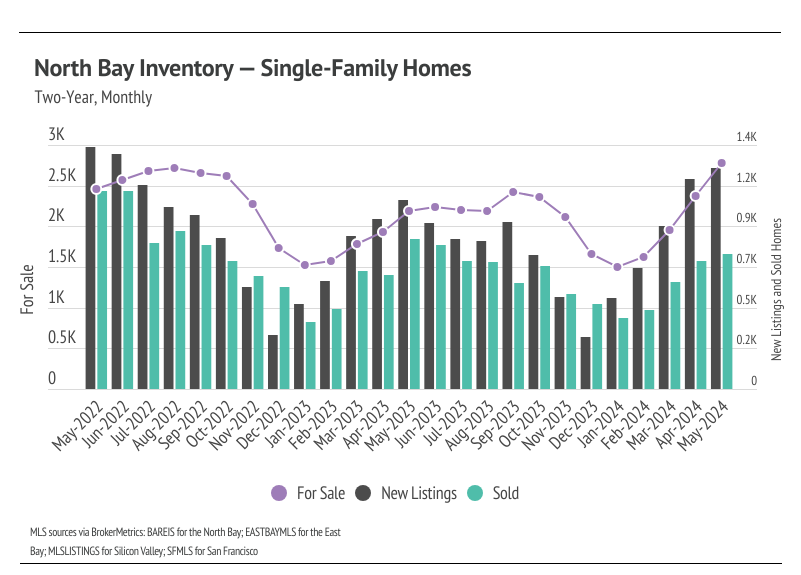

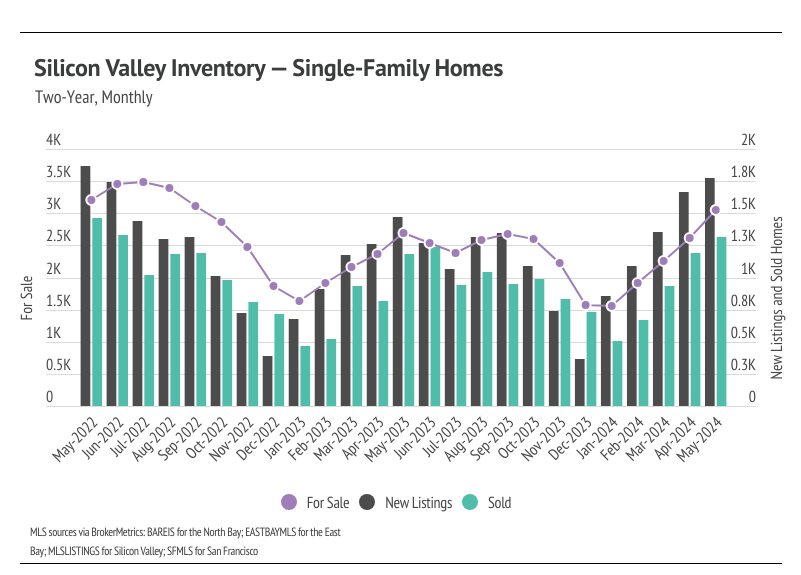
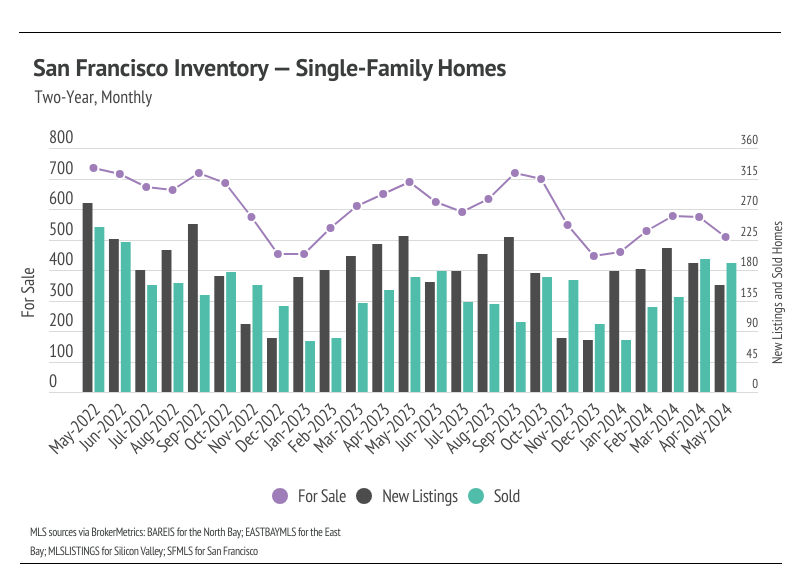

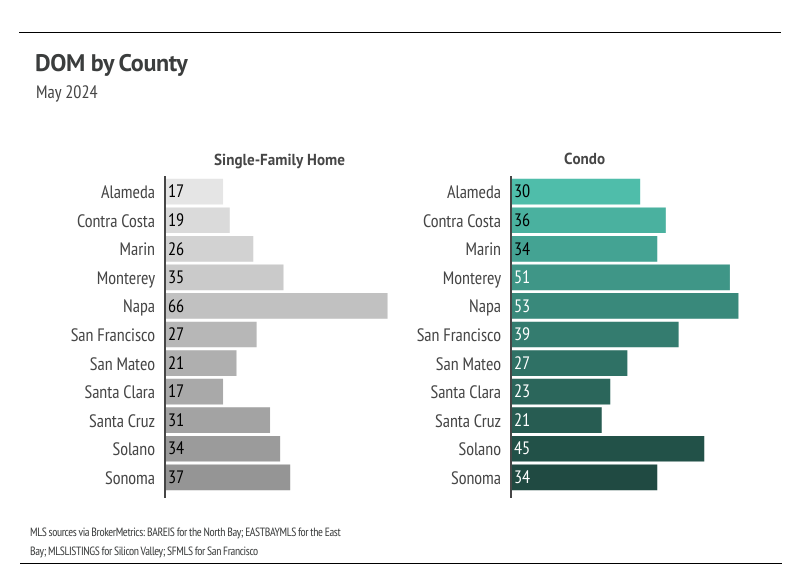
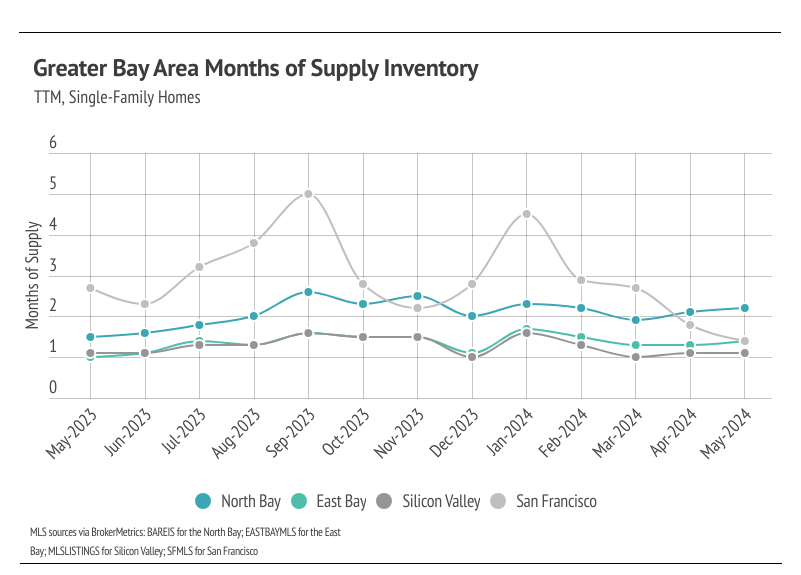
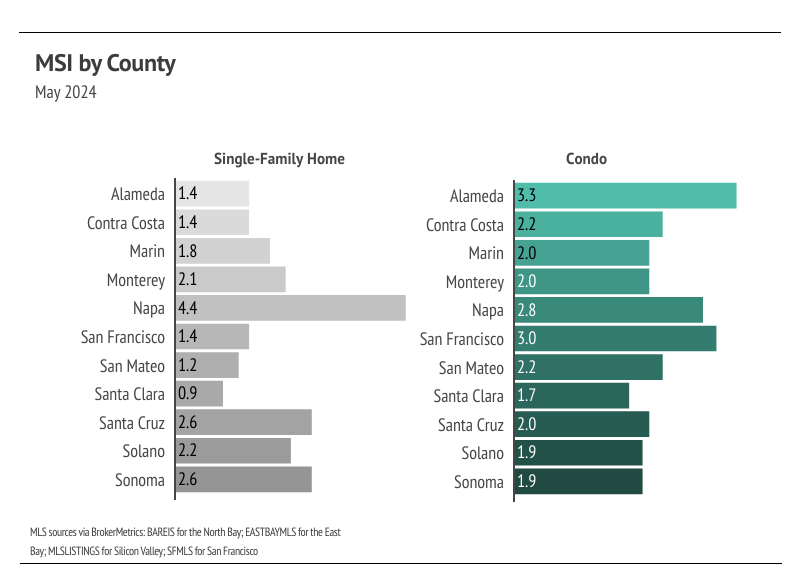
Categories
Recent Posts

Celebrate National Savings Day: Start Saving for Your San Francisco Dream Home

Pacific Heights Neighborhood Overview

Just Sold: 62 Manchester Street – A Hidden Gem in Bernal Heights
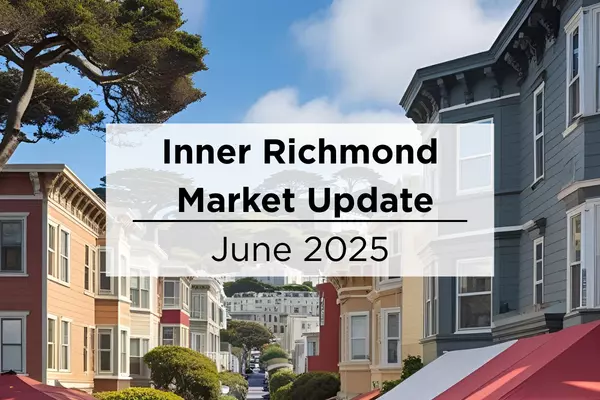
San Francisco Market Update: Spotlight on Inner Richmond – June 2025
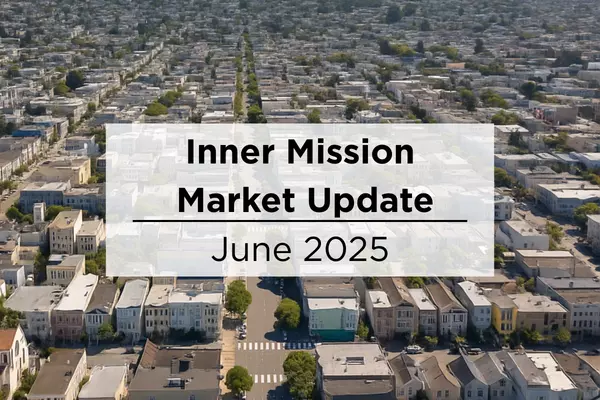
Inner Mission Real Estate: What Buyers and Sellers Need to Know This June
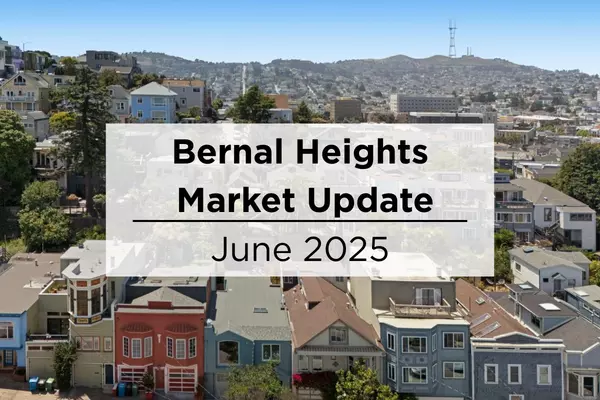
Why Bernal Heights Continues to Shine in San Francisco’s Real Estate Market (June 2025 Update)
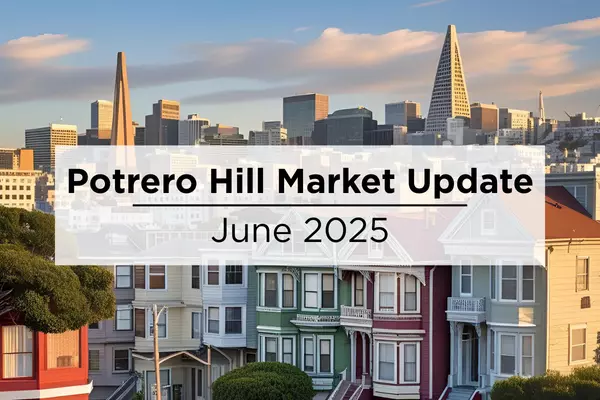
Potrero Hill Market Watch: Prices, Inventory, and Opportunities This Summer - June 2025 Market Update

May 2025 Market Update: Pacific Heights Real Estate Snapshot
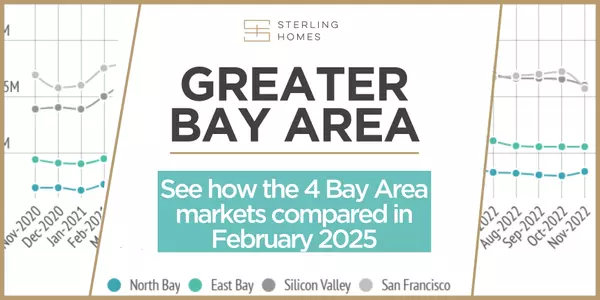
Greater Bay Area Housing Market Update - February 2025
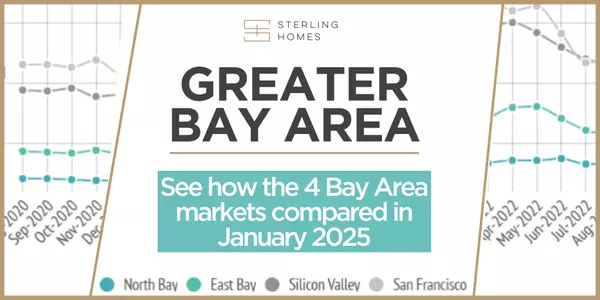
January Housing Market Update 2025

